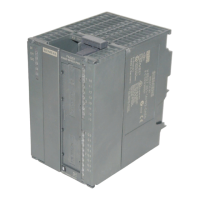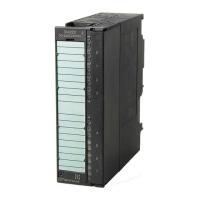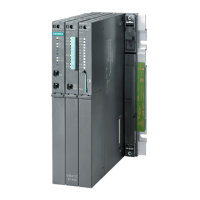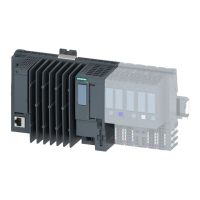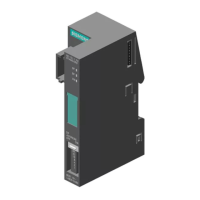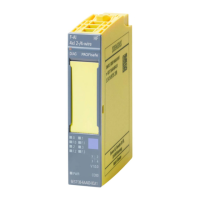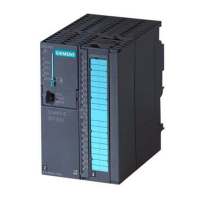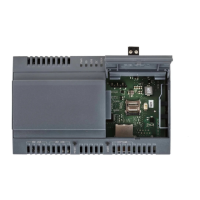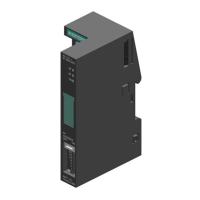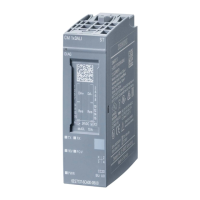Starting up
7-14
FM 353 Stepper Drive Positioning Module
6ES7 353-1AH01-8BG0
7.3.2 Evaluating the characteristics of the stepper motor
Overview
Basically, the stepper motor is a highly dynamic drive motor which is capable of
following setpoint assignments more or less free of following error. It is also capa-
ble of handling the transition between idle time and movement (and back) by way
of the start/stop frequency at an extremely high rate of acceleration. This presup-
poses however, that the available motor torque at any given movement status,
matches as a minimum, the torque necessary for executing the movement. In the
following discussion, it is assumed that you are familiar with the necessary torque
values for your particular application from the having conducted configuration of
the drive. If necessary, refer to the formula or tabular material (e.g. Positec/Berger
Lahr: [title translated: “Formulas + Computations for optimal stepper motor adjust-
ment” [TN: available in English? If so, what is exact English title?] provided by the
stepper drive manufacturers.
You can obtain optimal configuration of the speed profile for traversing movement
when the speed-timing diagram, as shown in Figure 9-7, is well-defined.
You can determine the parameters for the speed profile, as shown in the following
parameterization example, from the operating characteristic curves of the stepper
motor you have in use. When doing this, please be sure to always allow a torque
reserve of approx. 20%.
Procedure
Determining the available or necessary torque:
M
Motor
= M
Load
+ M
Accelerations
Determining the present moments of inertia:
J
Load
= J
external_rotational
+ J
external_translational
J
total
= J
Motor
+ J
Load
Assumed values from the parameterization example:
M
Motor
=5 Nm
M
Load
= 0,6 Nm (assumption: constant at all rpms)
J
Motor
=4 kgcm
2
J
Load
=3 kgcm
2
MD13 = 500 increments per revolution
f
max
= 10 kHz
Further definitions, e.g.:
acceleration values = deceleration values
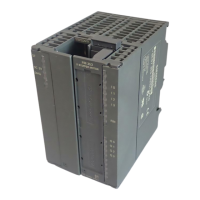
